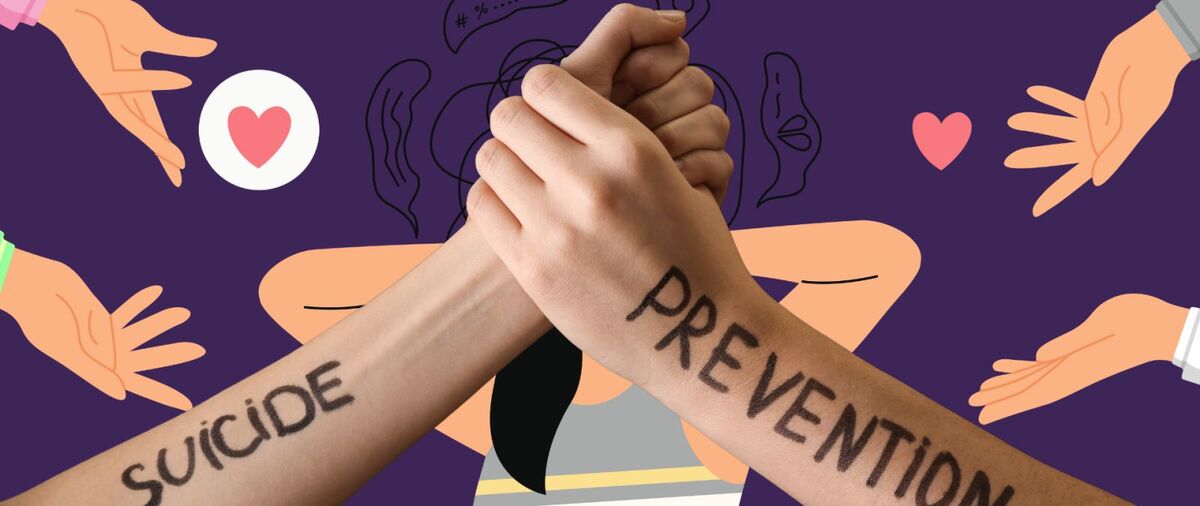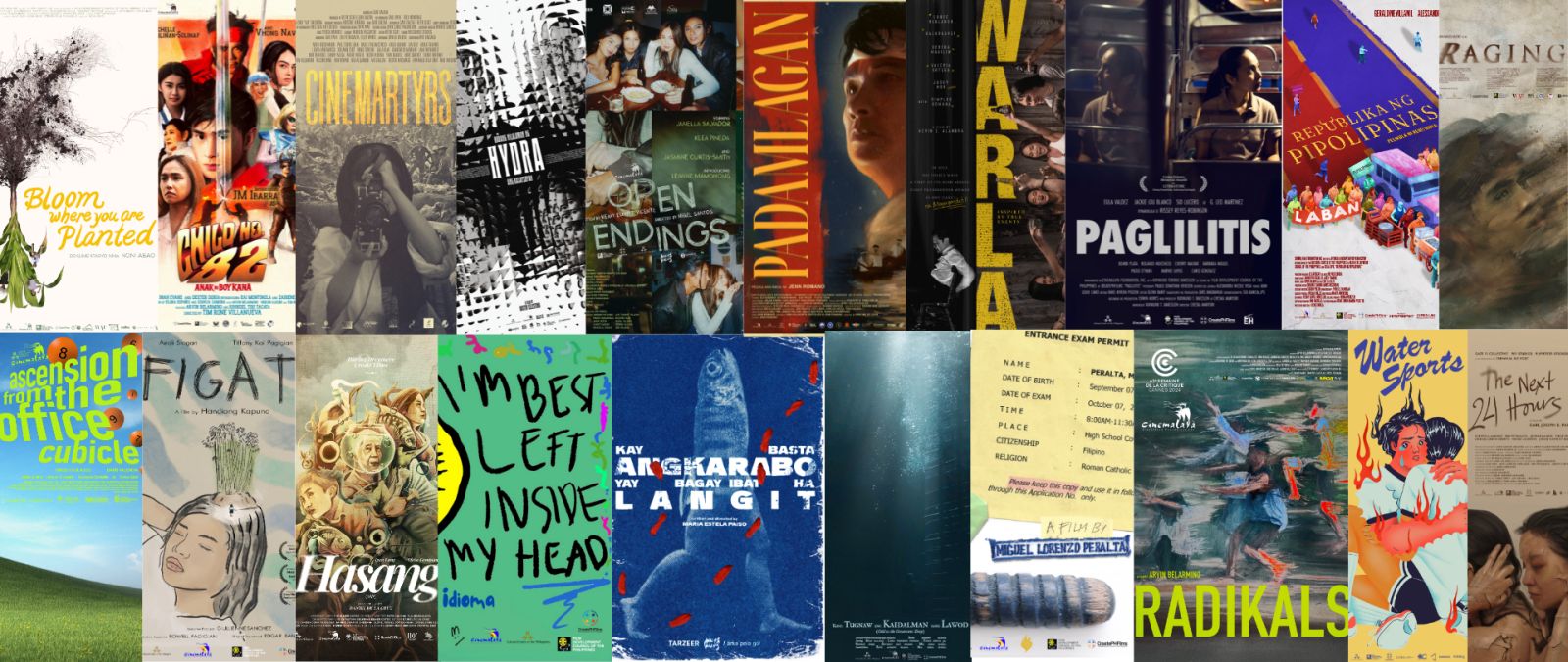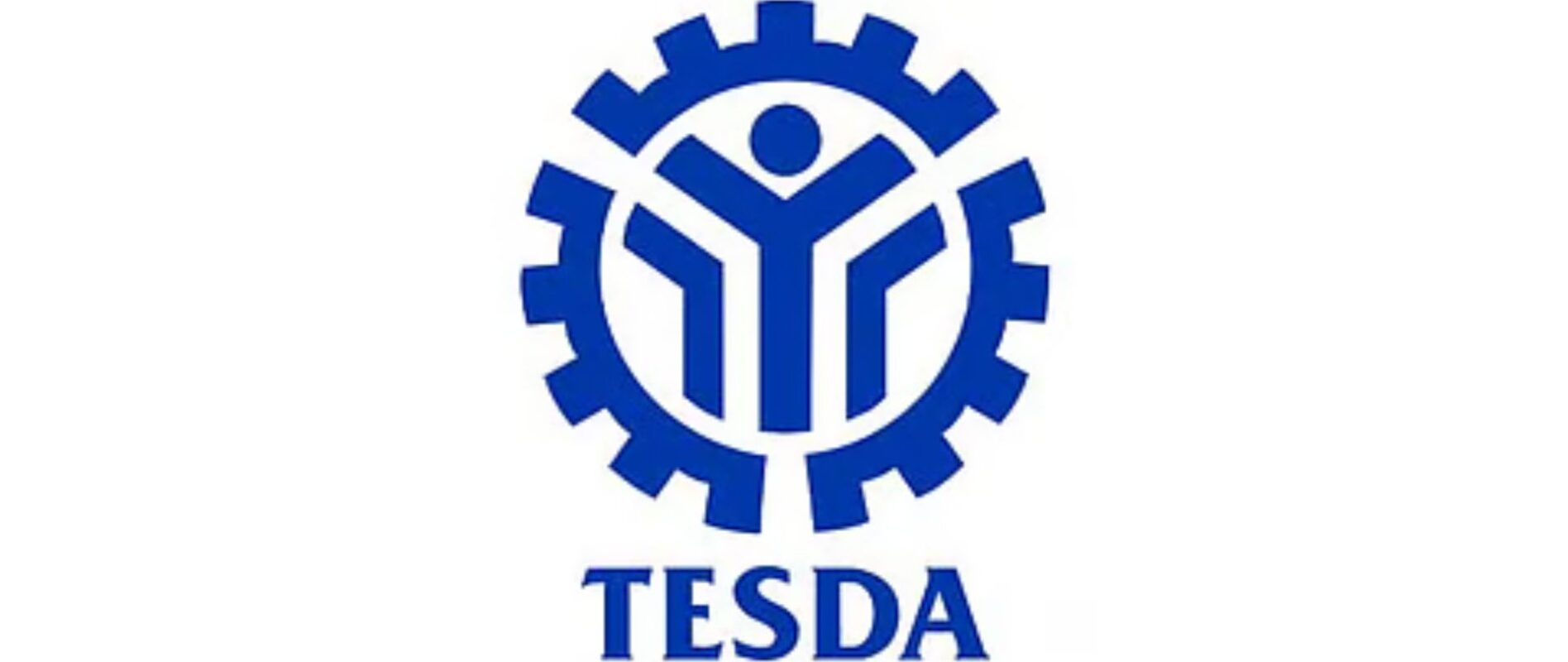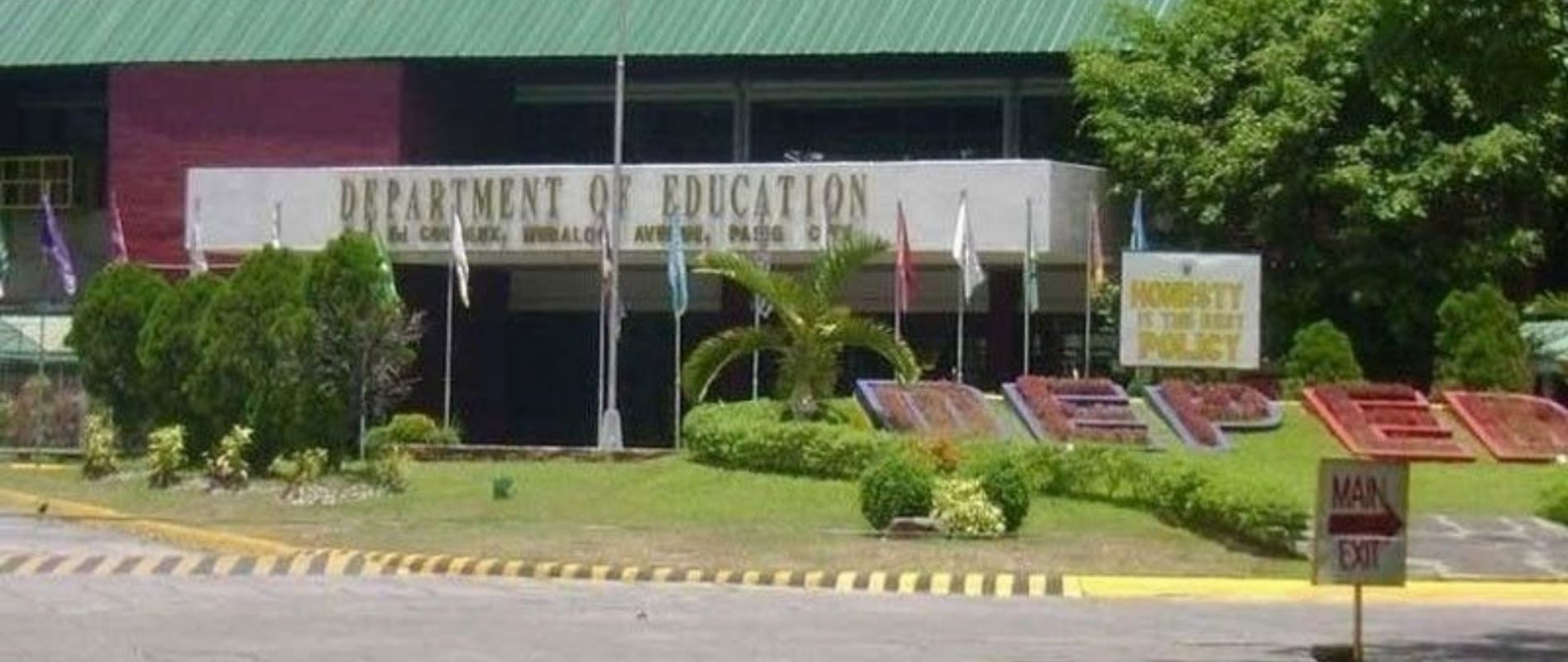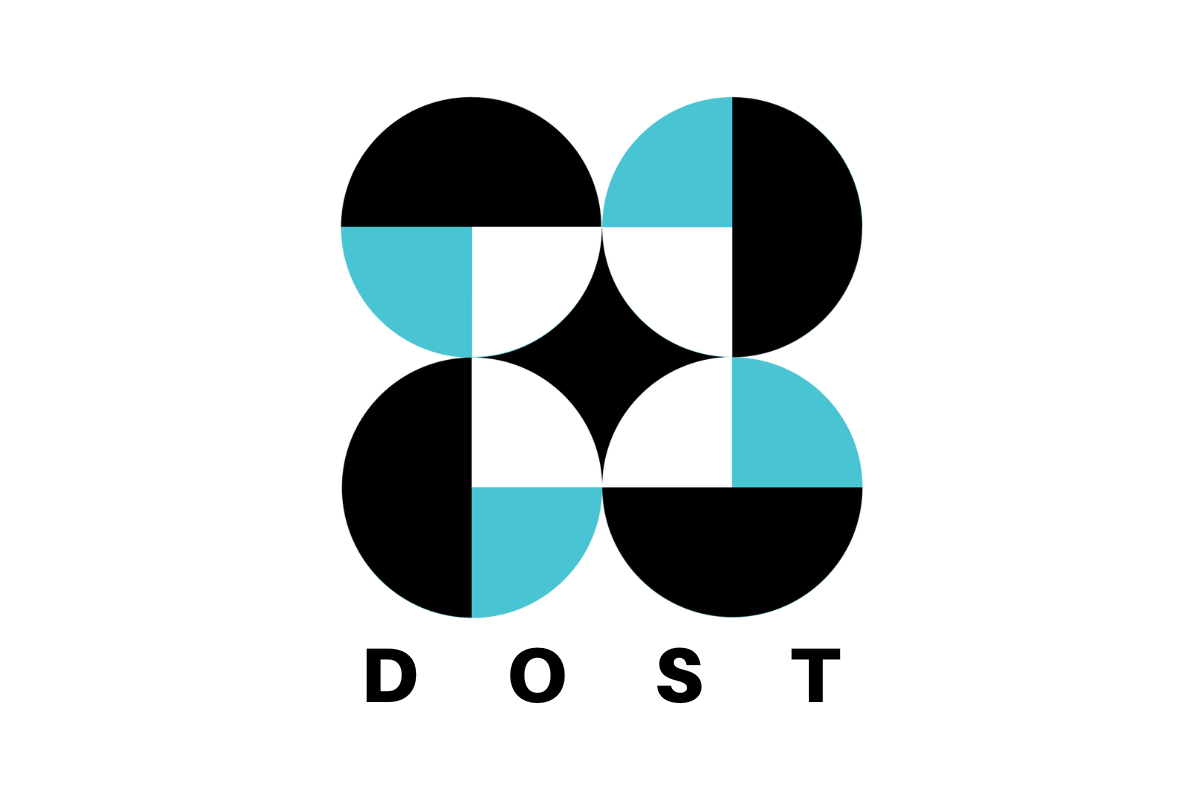THE PHILIPPINES IS SHIFTING TO DISTANCE LEARNING AMID THE PANDEMIC—BUT ARE WE READY?!
With the number of COVID-19 cases still rising, reopening schools poses high risks for students and teachers alike. With that considered, the Department of Education (DepEd) has announced plans to pursue distance learning to continue classes, starting on August 24. Are we even ready?
With the end of COVID-19 far from reach, sectors are looking for ways to improvise and keep their operations back on track.
Education is no exemption.
With the number of COVID-19 cases still rising here in the country, reopening schools poses high risks for students and teachers alike. With that considered, the Department of Education (DepEd) has announced plans to pursue distance learning to continue classes, starting on August 24.
How does distance learning work? In place of classes conducted through the traditional classroom setup, learning is administered through modules like print, online learning, television, and radio.
At this point of the pandemic. Adaption to the new normal is inevitably the way to go. But it begs the question. Will this set-up work in the Philippines? How equipped are we for such method?
What’s the plan?
Distance learning is one of the teaching methods DepEd has proposed for the upcoming school year 2020-2021. It is further classified into three types: online distance learning, modular distance learning, and TV/radio-based instruction.
For online distance learning, think of the traditional classroom setup – then make it online. Teachers conduct their classes using video conferencing tools like Zoom and students access their resources and submit their requirements using virtual classroom tools like Google Classroom.
Meanwhile, in modular distance learning, students are given modules, learning resources, and activity sheets in print or digital format, which they will study by themselves. Teachers monitor their students’ progress regularly and assist them through email, phone, or text or instant messaging. They sometimes do home visits to students who need additional assistance.
Lastly, the TV/radio-based instruction method converts learning modules into videos to be broadcasted on television and radio scripts to be presented via radio.
Students and teachers can adopt whatever method they see fit depending on the context of their locality.
The current context
Distance learning is heavily reliant on stable internet connection – whether teachers are conducting classes, students are accessing materials, or both are communicating with one another.
Looking at DepEd data from 2019, however, only 69% of Filipinos have access to the internet. To make it worse, the country ranked 103rd among 139 countries in terms of fastest internet speed in the whole world. Not only that – the country’s internet bandwidth is being shared with other industries, who have shifted to remote work amid the pandemic.
Aside from internet connection, students will have to find access to computers, smartphones, and other devices to attend classes or get their materials. They also would need a conducive environment for learning at home.
All of these adds to household expenses, putting many, if not, most Filipino families at a disadvantage, especially when a huge portion of middle to low income earners have lost their jobs due to the pandemic. As of April 2020, at the height of lockdowns around the country, unemployment rose by 7.3 million – the worst record in Philippine history.
Not only students and families, but teachers are also finding it hard to prepare for distance learning.
Teachers have to maximize what little time they have to prepare learning modules and worksheets for students and attending orientation webinars. They also have to spend more to be able to communicate with their students. DepEd is reportedly providing an annual allowance of Php3,500 for each teacher in the country – but for some, this is not enough.
Who’s ready for distance learning?
As of July 7, 18 million students have enrolled for the upcoming school year – a drastic decrease from the 27 million students enrolled last year. Teachers have asked DepEd to postpone the start of classes to December or January next year to give them more time to prepare.
Finding solutions to curb the spread of COVID-19 in the country is indeed essential, but these solutions must be implemented in a holistic approach.
DepEd’s plans to continue classes looks promising – when considered hypothetically. In the Philippine context? With no access to a reliable internet connection, loss of jobs for household providers, and lack of other resources, it seems like we still have a lot of gaps to fill.
Even in times of uncertainty, there is no way to go but forward. But as a country, we cannot move forward while leaving other people behind.





